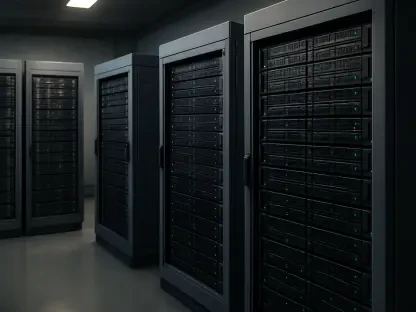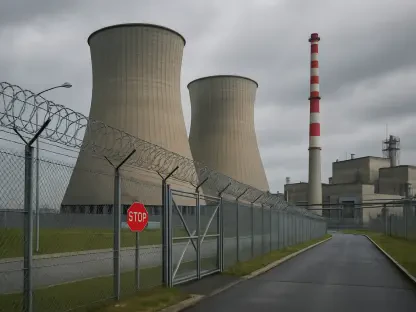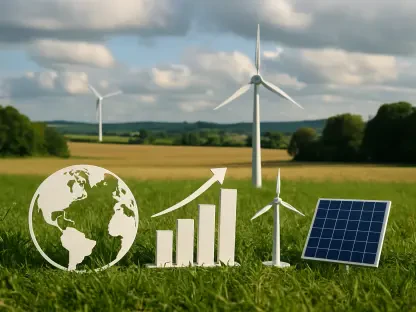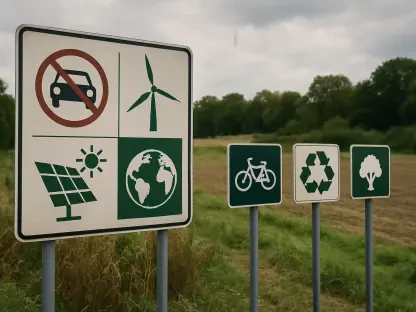California faces a challenging fiscal scenario as Governor Gavin Newsom calls for budget cuts amounting to $423 million targeting essential energy grid programs. These reductions are slated for his revised budget plan spanning from 2025 to 2026. They come amid a $12 billion budget shortfall and aim to curtail funding for critical programs that ensure the state’s energy stability during extreme weather conditions. Among the key programs facing financial constraints are the Demand Side Grid Support (DSGS) and the Distributed Electricity Backup Assets (DEBA), both integral to California’s energy strategy in times of crisis. These programs have been instrumental in managing emergency energy supply and load reduction resources, particularly during severe heatwaves. Energy advocates and stakeholders express growing concern that these financial cutbacks could undermine recent advancements in bolstering California’s energy resource management in times of climatic adversity. The state, known for its ambitious environmental targets, now grapples with the tension between fiscal obligation and the need for a reliable energy infrastructure, complexified by economic uncertainties.
Fiscal Challenges and Energy Strategy
The proposed budget revisions have stirred significant debate amongst stakeholders, highlighting the tension between financial constraints and the necessity of a fortified energy grid. Advocates argue that programs like DSGS and DEBA provide vital support in fortifying the energy infrastructure against potential blackouts and emergencies. For instance, DSGS has demonstrated impressive operational success by enrolling over 500 megawatts of capacity with more than 260,000 customer participants, with a significant portion of this capacity deriving from behind-the-meter battery installations. This progress underscores the program’s importance in enhancing the state’s energy supply and infrastructure resilience. Meanwhile, DEBA has been slower in rollout but remains integral in supporting the deployment of new energy resources. This program builds on the state’s efforts to drive distributed energy resource projects, acting as a crucial component in realizing California’s overall energy strategy. The urgency to maintain and even enhance funding for these initiatives resonates strongly within groups like the California Solar & Storage Association (CALSSA), which argues that the proposed reductions threaten to derail significant investments that have marked California’s path toward energy reliability and sustainability.
Stakeholder Concerns and Environmental Commitments
The consensus among groups such as CALSSA is a clear opposition to the proposed budgetary reductions. These stakeholders emphasize the importance of continued financial support for programs that have shown tangible success in increasing California’s energy grid resilience. Such initiatives are seen as pivotal in ensuring California not only meets its climate-related challenges but also maintains a consistent and reliable energy supply for all its residents. However, the economic backdrop contributing to these fiscal constraints cannot be ignored. Economic uncertainties have been fueled by fluctuating tariffs, stock market volatility, and a downturn in global tourism. The state’s dependency on the Greenhouse Gas Reduction Fund, driven by California’s cap-and-trade program, accentuates the reliance on long-standing environmental fiscal structures to support forward-thinking energy innovations. This fund, strategically rebranded as ‘cap and invest,’ has historically supported California’s energy initiatives, but the proposed budget essentially eradicates anticipated allocations except for a fractional $50 million allocation to DEBA from voter-approved climate bonds. This financial shift demands careful scrutiny, with stakeholders voicing robust calls to action to secure committed state support essential for ongoing participation and provider engagement within these critical programs.
Navigating Policy Investments Amid Fiscal Shortfalls
Newsom’s budget proposals bring to the forefront the complexities involved in balancing new economic realities with energy and environmental priorities. This juncture calls for an alignment between policy investments and the state’s energy strategy, as climatic and geopolitical factors continue to evolve. The narrative surrounding these budgetary decisions reflects the broader challenge of balancing fiscal prudence with the need for strategic environmental commitments. Energy advocates argue that these programs offer pathways to sustainable and affordable energy solutions, crucial in tackling the ever-growing demands imposed by climate change. The proposed revisions present both challenges and opportunities as California seeks to navigate its fiscal landscape and broaden its energy strategy. Ultimately, this juncture underscores the necessity of consistent investment in energy resilience and strategic environmental commitments, recognizing that while fiscal responsibility is imperative, sustaining California’s energy imperatives against mounting environmental challenges is of paramount importance.
Future Considerations for California’s Energy Strategy
California is dealing with a tough financial situation as Governor Gavin Newsom proposes $423 million in budget cuts to essential energy grid programs. These reductions are included in his revised budget plan for 2025-2026 and are a response to a $12 billion budget shortfall. The planned cuts focus on programs critical to maintaining California’s energy stability, particularly during periods of extreme weather. Key initiatives like the Demand Side Grid Support (DSGS) and the Distributed Electricity Backup Assets (DEBA) are at risk. These programs play a vital role in emergency energy supply management and load reduction, especially during severe heatwaves. Energy advocates and stakeholders are voicing growing concerns that these cuts could jeopardize the progress made in enhancing California’s energy resource management during climatic challenges. The state, widely recognized for its ambitious environmental goals, now faces the difficult task of balancing fiscal responsibilities with ensuring a reliable energy infrastructure amidst economic uncertainties.









